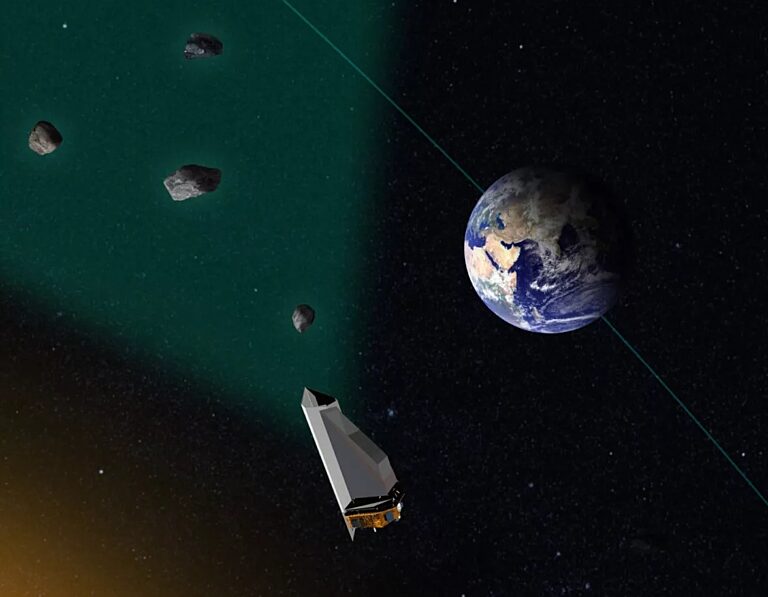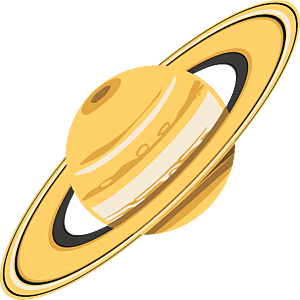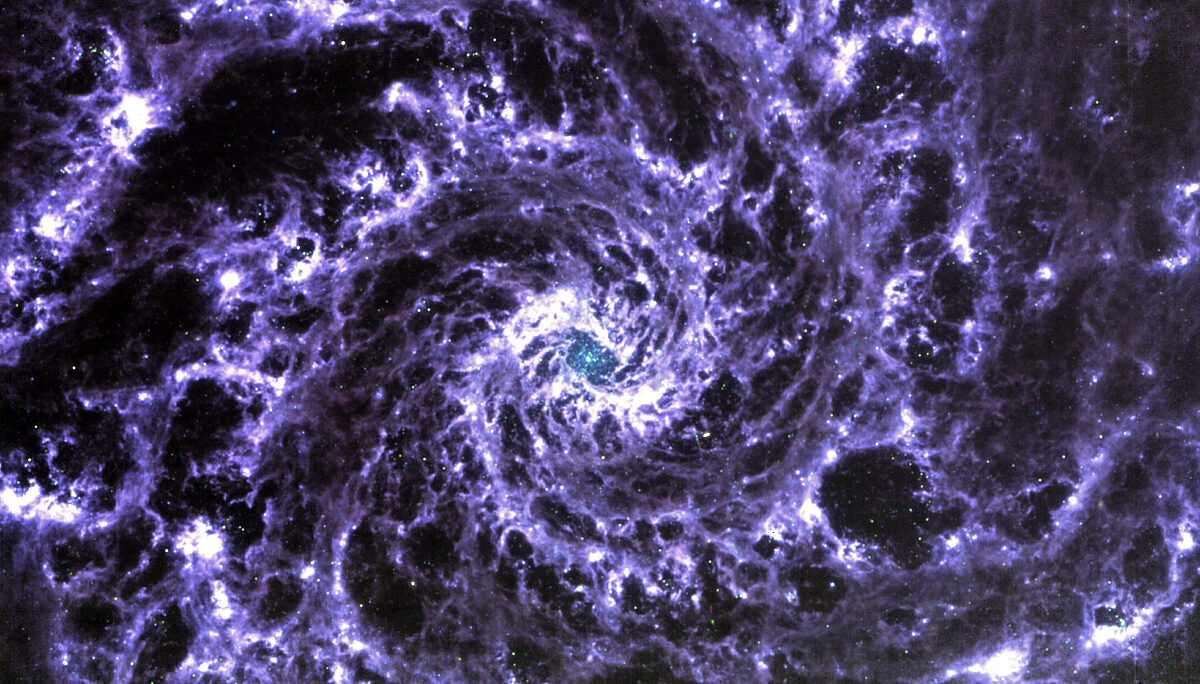The Downlink • Jul 29, 2022
Sights beyond the visible
Space Snapshot

NASA recently shared this color-enhanced image of the surface of Mars, captured by the Mars Reconnaissance Orbiter. The various shades of blue help bring out differences in brightness between wind-related features, showing which way and how hard the wind was blowing sand in different areas. Image credit: NASA/JPL-Caltech/University of Arizona.
You love space, now take action
This weekly newsletter is your toolkit to learn more about space, share information with your friends and family, and take direct action to support exploration. Anyone can subscribe at planetary.org/connect to receive it as a weekly email.
Mission Briefings


A new bill passed by the United States Senate has good news for NEO Surveyor. Among other things, the bill formally endorses the space telescope mission to search for near-Earth objects and directs NASA to launch it at the “earliest practicable date” regardless of cost growth on other planetary science missions. The Planetary Society and our members have been active advocating for funding for NEO Surveyor, especially since NASA’s fiscal year 2023 budget proposal included huge cuts to the mission. The bill is expected to pass the House and be signed into law within weeks. Pictured: An artist’s impression of NEO Surveyor scanning for asteroids hidden in the Sun's glare. Image credit: The Planetary Society.

Despite the rumors, Russia has not officially pulled out of the ISS. Major news outlets this week reported that the Russian space agency Roscosmos had announced it would leave the International Space Agency partnership after 2024, but NASA reports that it has not received word from Roscosmos about its withdrawal from the joint mission. Planetary Society Chief Advocate Casey Dreier discusses reasons to be skeptical of any immediate changes in the ISS partnership in this week's Planetary Radio.

NASA’s Psyche Inspired program is calling for creative submissions. The program engages students from all disciplines to share the Psyche mission with the public through artistic works and then shares the best of those works in a virtual exhibit. Applications are being accepted until August 5th and are open to all full-time enrolled undergraduate students at universities and community colleges in the United States or its territories, regardless of major.
From The Planetary Society


What does Venus have in common with penguin tummies? According to new research presented by astronomer and astrobiologist Jane Greaves, they are both places that could potentially contain the molecule phosphine. More research is needed to confirm this, and to investigate whether phosphine in the upper clouds of Venus would come from life or another source. Pictured: The clouds of Venus imaged in ultraviolet by JAXA’s Akatsuki spacecraft in 2017. Image credit: JAXA/ISAS/DARTS/Damia Bouic.

Ocean moons seem to be even more common in the Solar System than we thought. Uranus’ moons Ariel and Miranda show evidence of recent geological activity, suggesting a liquid layer under their icy crusts. This puts the Uranian moons on the list of potentially habitable worlds in our Solar System, and adds to the excitement about a potential flagship NASA mission to the Uranus system.

NASA’s Jet Propulsion Laboratory has its first-ever female director. Laurie Leshin has just become the tenth director of JPL and the first woman to run the famous center for space science and robotic exploration. She joins this week’s Planetary Radio to talk about her vision and priorities for the lab.

The Planetary Society educates policymakers and influencers about the value of space exploration. At a recent Society event in Washington, D.C., Heidi Hammel (Planetary Society board member, JWST scientist, and Vice President for Science at the Association of Universities for Research in Astronomy) explained the first JWST images to a diverse group of policymakers and D.C. insiders.
What's Up

Saturn rises in the east in the early evening, followed by Jupiter a couple of hours later. Mars rises a bit after midnight, and Venus follows it in the pre-dawn. If you have binoculars, look for Uranus appearing as a little blue dot near Mars. Learn more at planetary.org/night-sky.
A once-in-a-lifetime opportunity awaits you

Planetary Society partner Lunar is running a contest to give away extraordinary prizes, including a high-altitude balloon ride to the edge of space, an opportunity to meet our CEO Bill Nye at Planetary Society headquarters in California, and a Zero-G flight. There are lots of ways to enter, including completely free actions.
Wow of the Week

Amateur image processors are already playing with data coming from JWST, and the results are truly awesome. The new, super-powerful space telescope released its first science images two weeks ago, but is also releasing raw data into a publicly available archive. The Planetary Society’s digital community manager, Sarah Al-Ahmed, put some of those data into Photoshop to create this color-enhanced image of the Phantom Galaxy (NGC 628). Image credit: NASA/ESA/CSA/Sarah Al-Ahmed.
Correction
In a blurb about an article on the 25th anniversary of the film Contact in last week's Downlink we stated that Dr. Jill Tarter was Carl Sagan and Ann Druyan's inspiration for the main character, Ellie Arroway. This is, in fact, incorrect. We encourage you to read this fantastic interview with Ann Druyan and others involved in the making of the film to learn more.


 Explore Worlds
Explore Worlds Find Life
Find Life Defend Earth
Defend Earth


